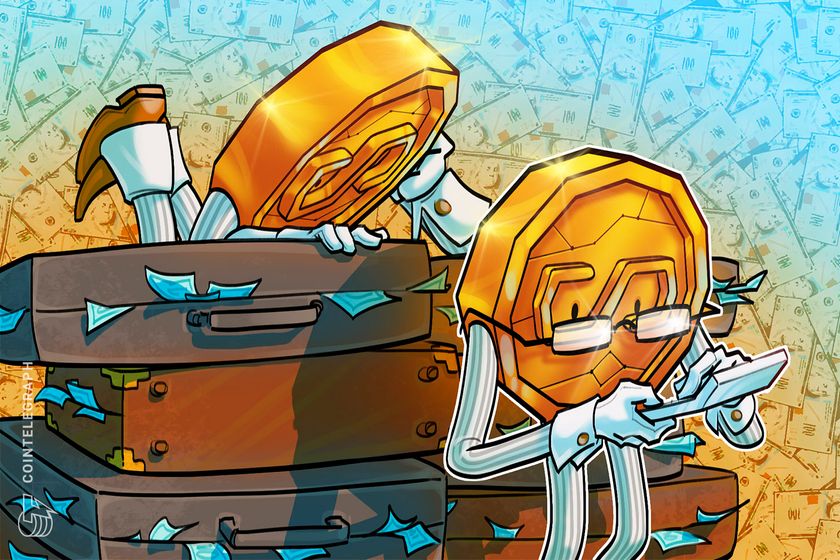

Cryptocurrency investors are increasingly moving capital into stablecoins and tokenized real-world assets (RWAs) in a bid to avoid volatility ahead of US President Donald Trump’s widely anticipated tariff announcement on April 2.
Increasingly, more capital is flowing into stablecoins and the real-world asset (RWA) tokenization sector, which refers to financial products and tangible assets such as real estate and fine art minted on the blockchain.
“Stablecoins and RWAs continue to see steady inflows of capital as safe havens in the current uncertain market,” crypto intelligence platform IntoTheBlock wrote in a March 31 X post.
“However, because these assets reside on-chain, even slight shifts in sentiment can trigger significant price movements, driven by the lower barriers to reallocating capital in real time,” the firm noted.
Stablecoins, total market cap. Source: IntoTheBlock
The flight to safety is mainly attributed to geopolitical tensions and global trade concerns, according to Juan Pellicer, senior research analyst at IntoTheBlock:
“Many investors were expecting economic tailwinds following Trump’s inauguration as president, but increased geopolitical tensions, tariffs and general political uncertainty are making investors more cautious.”
“This is not unreasonable, as even though global growth forecasts remain positive, growth expectations have decreased globally in recent months,” he added.
Related: Bitcoin ‘more likely’ to hit $110K before $76.5K — Arthur Hayes
The prospect of a global trade war has heightened inflation-related concerns, causing a significant decline in both cryptocurrency and traditional equity markets.
S&P 500, BTC/USD, 1-day chart. Source: TradingView
Bitcoin (BTC) has fallen 19% and the S&P 500 (SPX) index has fallen over 7% in the two months since Trump announced import tariffs on Chinese goods on Jan. 20, the day of his inauguration as president.
The April 2 announcement is expected to detail reciprocal trade tariffs targeting top US trading partners. The measures aim to reduce the country’s estimated $1.2 trillion goods trade deficit and boost domestic manufacturing.
Related: Stablecoin rules needed in US before crypto tax reform, experts say
Investor sentiment pressured by April 2 Trump tariff announcement
Global tariff fears and uncertainty around the upcoming announcement continue to pressure investor sentiment in global markets.
“Risk appetite remains muted amid tariff threats from President Trump and ongoing macro uncertainty,” Iliya Kalchev, dispatch analyst at digital asset investment platform Nexo, told Cointelegraph.
Meanwhile, RWAs reached a new cumulative all-time high of over $17 billion on Feb. 3, and are currently less than 0.5% away from surpassing the $20 billion milestone, according to data from RWA.xyz.
RWA global market dashboard. Source: RWA.xyz
Some industry watchers said that Bitcoin’s lack of upside momentum may drive RWAs to a $50 billion all-time high before the end of 2025, as their increased liquidity will help RWAs attract a significant share of the $450 trillion global asset market.
Magazine: SCB tips $500K BTC, SEC delays Ether ETF options, and more: Hodler’s Digest, Feb. 23 – March 1



